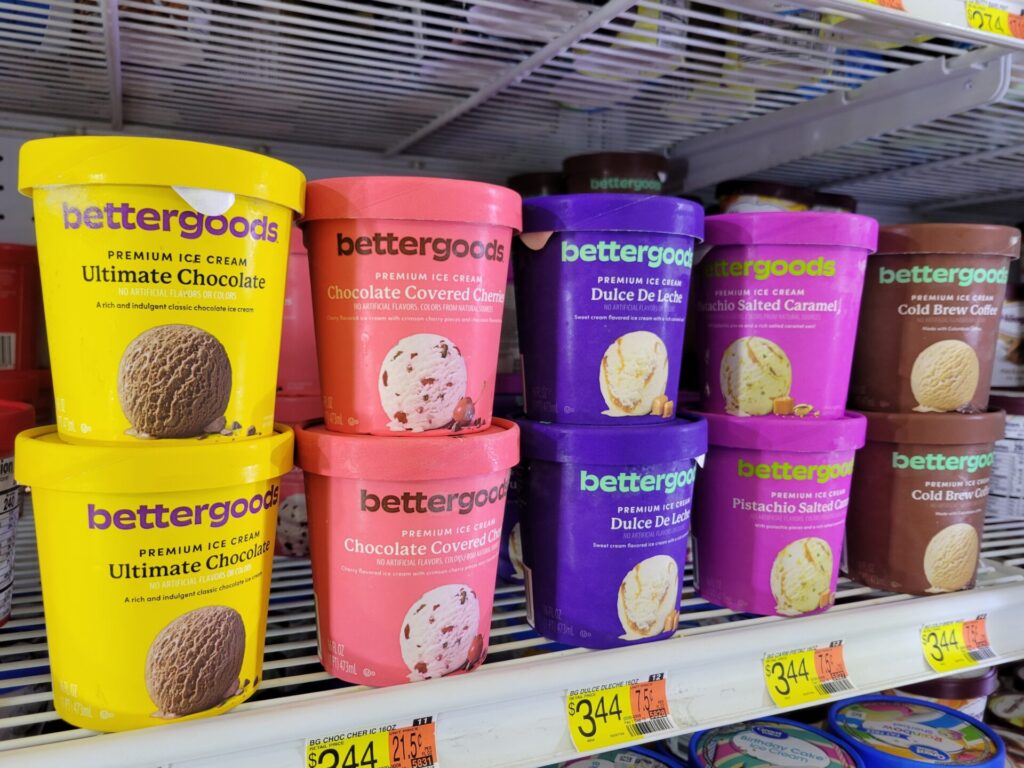Two global banks—SunTrust and BB&T— merged this year, and launched under a new name: Truist.
The announcement of the name begat a whirlwind of criticism. What started as Twitter grousing was then legitimized by journalists capitalizing on the controversy, who then pulled in investors to comment about how the new name could jeopardize profits. The articulated criticisms on Twitter largely center around the name being boring and uncreative or hard to pronounce/seeming like a typo, whereas investors largely decried the abandonment of two perfectly fine brand names with robust consumer familiarity in favor of an unknown entity.
However, the merging banks used a “data-driven” approach in conjunction with naming experts to come up with the name. Did they really make as big of a mistake as the peanut gallery contends? We have six thoughts on the matter.
1) The criticisms about the name being bland/boring are overblown.
The legitimate aspect to the criticism that the name is bland/boring is that Truist contains tru, and tru names can feel played. Tru, after all, is a very expected message and word part, it feels dated (i.e., too literal) to some extent, and it defies the strain of modern naming sensibilities that favors showing over telling.
That being said, it is not impossible to use tru well in a name, and there is no hard and fast rule. For example, Trulia is a decent name, but Trupanion is questionable. Truist feels farther from Trupanion and closer to Trulia, and benefits from the fact that there are clearly a few different inspirations for Truist that are on-brand—trust, true, and perhaps truism (though most people would consider that association rather negative). And if you squint your eyes just a little bit, Truist seems like a tech name, i.e., decently clever with an implication that the company is agile and fresh (rather than established and stodgy).
2) C’mon, the name is not actually hard to pronounce or spell.
We’ve seen all the word parts before. We know that companies coin words to make names. Claiming the name is hard to pronounce is just the result of twitter users casting about for more ways to dunk the name online.
3) Consumers will get used to the name. (That’s part of the process.)
Regardless of whether you think the name is boring or fine, you’ll get used to it. Consumers always do. From iPad to Accenture to hundreds of names in between, consumers don’t like change and will express annoyance at new names for a few months before they grow accustomed to it. For that reason, hot takes from regular consumers should not be taken too seriously.
In fact, our friend Nancy Friedman explains this phenomenon really well in a piece in her blog. If you’re curious, read it here.
4) The name is a decent blend of new and old.
The banks have stated that their merger was one of equals. Yes, analysts have pointed out the downsides of abandoning two brands with significant equity and recognition (and of course, they aren’t wrong). But, with a merger of equals, there are downsides to adopting one or the other, such as consumers believing it was an aquisition (leading to complaints such as “As soon as BB&T was acquired by SunTrust, the customer service got really bad”), and frankly the loss of a logical opportunity to rethink your brand for the future.
And this is where investors don’t actually have much insight. SunTrust was clearly the more evocative of the original names, but as a shorter, coined name with a few different implications, in many respects Truist is better able to carry the company forward. Especially if the company plans to push the envelope of banking from a tech or user-experience perspective, Truist will feel more innovative than the previous names simply because it is new.
5) The logistical hurdles were surely immense.
One thing that hasn’t been talked about in the news is that Truist probably faced about as many logistical, globalization, and trademark hurdles as possible for a naming project. We at Catchword have worked on many global corporate mergers naming projects, and from clearing the trademark around the world to finding the exact domain name to finding something that will satisfy two large and (potentially) opinionated groups of stakeholders from the two companies, the process is incredibly challenging.
Also worth noting is that Truliant (a credit union) is suing over the name, so Truist hasn’t cleared all the logistical hurdles yet. (We won’t speculate as to what the outcome of that suit will be. The company names don’t seem all that similar. However, apparently Truliant has a number of trademarks derived from its name: Truliances, Truceratops, Truism, and more. So use of the tru word part is really what the infringement claim hinges upon.)
6) The name does what it needs to do.
Look, the name of a large financial institution doesn’t need to be Shakespearean in its artfulness—in fact, it shouldn’t be. The name should sound sturdy and trustworthy (and often all you need for that is some hard consonants and a deeper vowel), should have some element of originality or freshness, and should convey some meaning at first glance.
That is not to say that any old name will do or that the process is anything but difficult. And that is also not to say that Truist couldn’t be better. But consumer expectations and vague ideas about how a brand name should sound are usually wildly different from the reality of a successful company name.





